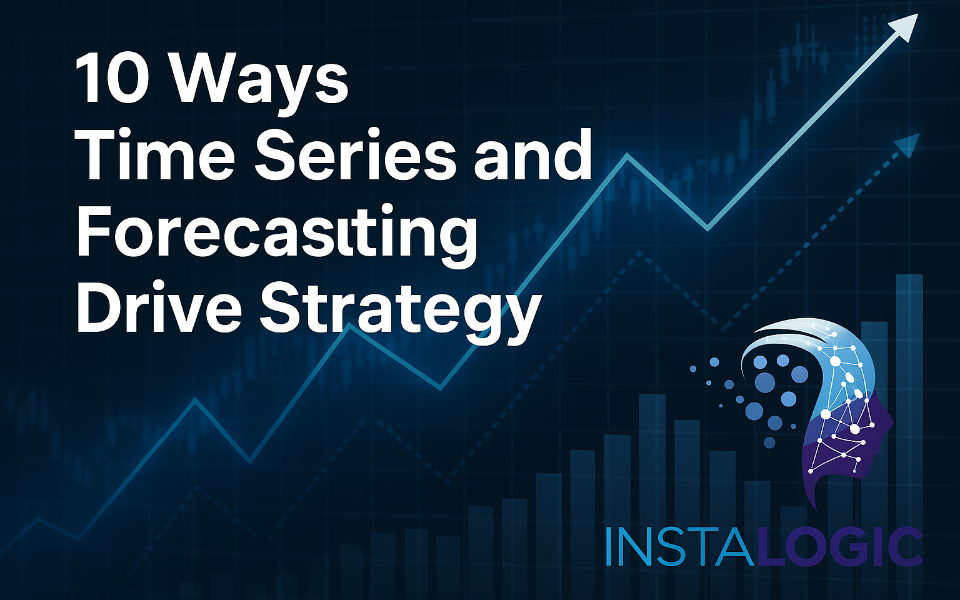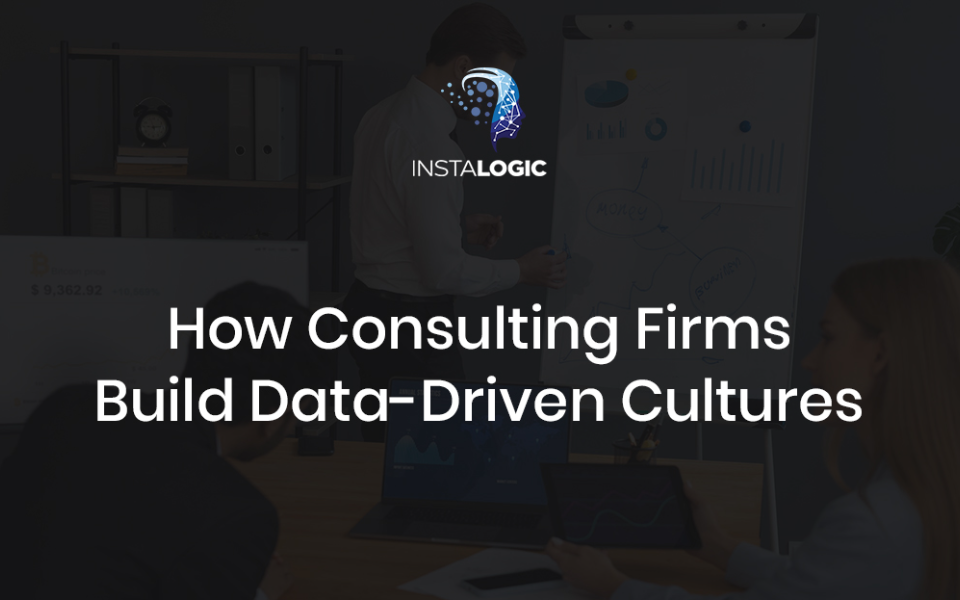Here’s a round up of the Q&A from the LeadSquared webinar session on Sales and Marketing Alignment.
You can watch the recording here:
View the Recording
We got really great questions as well that have been compiled in this post:
Question 1
For start-ups which are sales heavy, how long should marketing keep nurturing the lead, keeping in mind the revenue target for the year?
Now, this would depend on the individual business – the revenue goals you have come up with after doing a bottom-up analysis and the length of your average sales cycle. From your experience, you would know that maybe a course you are trying to sell typically sells in 20 days time. So, your marketing team should continue to send your leads value-adding content (relevant to their course of interest) for at least 20 days.
Now, it’s common sense that you shouldn’t send out emails daily – space them out. In the past we have seen that students (prospects for an education client) did not mind emails twice a week – in fact they look forward to it. That might not be the case for all business types.
Now, even after these 20 days pass by, you should keep on nurturing leads in some manner, because frankly, different leads would have different motivations and different urgency of buying things from you; so you can keep these people subscribed to your offer/newsletter list, and send them discounts and relevant content from time to time. So, unless you have disqualified a lead completely from your sales cycle, they should stay under your marketing team’s ownership.
According to the sort of budget you have, and the kind of automation/email marketing tool you have deployed, you’ll be able to send at least a few emails to them from time to time without messing up your sales budgets, so it should be all right.
Question 2
How to generate sales leads for a homeopathic treatment portal?
So, there can be multiple ways for you to generate sales-ready leads.
Offline media
I think homeopathy treatments should rely on traditional offline media as well – radio ads, newspaper ads etc, because there isn’t a set age group you are targeting – it transcends the demographic boundary that exists in say education businesses. The key though, is how well are you prepared to capture these leads, who reach out to you after seeing an ad in the papers, or after seeing a billboard – have a phone lead capture system in place for that. In any case, for healthcare services, people generally like to make a phone call, specially when they are trying a new service.
Online media – website
Coming to the online media, I looked at your website, and it’s pretty good in the sense that it has multiple relevant lead capture points – you have live chat, which is a very good idea for health portals, and you have multiple forms as well.
Now, you can allocate some advertising budgets based on the past trends you have seen – do you get high-quality leads from Adwords, Facebook, inbound phone calls?
Online media – Adwords
Now putting money on Adwords can be a good option as well. I have looked at search term report for “homeopathic medicine” and there are 27,000 searches worldwide.

You can make these keywords long tailed as well and bid on special kinds of treatments people might be looking for, for instance “homeopathic medicine for thyroid.”
You can also take Google trends’/adwords’ help to find more keywords worth bidding on:

Same applies for other advertising platforms as well.
Online media – blog
Now, the blog that you have maintained is also good – it’s updated regularly and is well laid out. However, what you are missing here is calls to action. For instance, when you are writing a post for diabetes, you can include an offer on the right side-bar that says “The do and do not guide for Diabetics.”
These are just a few points of course.
Question 3
How to bridge the gap between marketing pitch and sales pitch? The differences in both cause lots of miscommunication and low conversion.
Now essentially the pitch should be the same – along the lines of solving the prospective customers’ problems. The difference is in how it’s handled. Sales, for instance, would deal with immediate pain points, and marketing would handle all sorts of hesitations that exist even in the subconscious.
For instance, if you are asking people to invest in stocks, your sales people would tell them (in one-on-one conversations) that they’d be able to make more money, save up for their children etc. Marketing, instead of pitching anything directly would help sales alleviate these concerns by sending relevant content from time to time.
So, marketing in its “pitches” educates, while sales addresses the immediate concerns.
The first step in bridging this gap is having transparency in the system that you are using, for instance, something like LeadSquared. The sales actions should be directed based on what marketing communications are the leads interacting with. For instance, if you see that these people visited a particular course on the website, then your marketing communications should be automated based on that interest point, and sales pitches/follow-ups should make reference to that too.
With a proper system in place, and with an intelligent, collaborative team, you should be able to bridge this gap.
Question 4
How to reignite communication with the old leads for better closures?
You must remember that leads are never stale; they get stale only if they do not hear from you, or if they hear from you of stuff that’s of no value to them. So, nurture them with relevant content, and even if they are not ready to buy from you yet, you would definitely stay in their minds, and become a possible alternative for them when they decide to make the purchase.
In addition to normal nurturing, From time to time you can send across an offer email / SMS campaign, to get them excited. Referral rewards also work well for them. For instance, if you are selling to high school students, send them a reminder to join an online demo class, or refer a friend, and if they do, they get a recharge for 50 bucks. This offer would depend on the demography you are trying to target.
Question 5
What steps do we take to have closed loop reporting mechanism in a team with strong sales and marketing alignment?
Reporting would depend on the objectives of your sales and marketing teams, and if objectives are the same (revenue/more customers), then the reporting would be better aligned. So, make both the teams accountable for the revenue (unlike the traditional method, where marketing is responsible for the number of leads and sales is responsible for the number of closures).
Question 6
Have you noticed/come across a campaign where a strong correlation between lead score & actual conversions existed?
We have seen a couple of examples, and we believe that engagement score (that considers recency as well) is a better-correlated metric.
Having said that, one of our clients in the real estate industry has set a sales readiness threshold. When the lead score reaches 200, the leads are handed over to the sales team, because that’s when the leads become sales ready (according to his observation).
Now, to make sure that there’s a correlation between both, you have to be very careful about which particular activities you are including in lead scoring, and how much score these activities hold, and what’s the recency of these activities. The accuracy of your scoring-closure relationship would depend on how accurately you set the rules.
Question 7
Is it necessary to have an offer for online marketing content?
An offer is something you give to your leads in exchange for their information, or in exchange of an action (for instance, giving them an e-book if they tweet your offer). It isn’t necessarily a tangible offer, but some sort of a benefit.
So yes, when you are trying to generate leads for your business, you need to give away something of value in exchange, otherwise why would people trust you, why would people fill out your forms. It can be a demo, it can be an e-book, a whitepaper, a simple response to a chat question – everything here is an offer.
Question 8
Offline marketing channels have more touch points as compared to online marketing channels; is it true?
Yes, the touch points vary for both, but there’s a strong overlap between both the channels. For instance, discovery may be offline (if they see a billboard/newspaper ad), but they might approach you offline (by visiting in person) or online (email/call etc.).
Question 9
In your opinion for education, what should be the time period from offer to conversion?
The conversion cycle is usually long-drawn for education businesses (to compensate, you can generate a high lead volume by aggressively targeting multiple platforms).
The cycle would also depend on the kind of education you are trying to sell – if it’s an online part-time course (low ticket as well, say 10,000 bucks), then the time period for closure would be less; however, in case of high-ticket courses (10 lakh worth of MBA course) the time period may be higher.
Also, if it’s university education, then the prospect would check out several universities simultaneously; it’s not easy to dedicate 2/3/4 years of your life to a course without some research/decision-making time involved. The experience that your sales + marketing team combined is able to give him would affect his decision-making time as well.
Now in businesses like abroad education, where people get paid only after the student takes the admission, the sales duration can last to even a year.
Question 10
For a startup like us in the education sector in India, should we go to a marketplace like UDEMY or through our own platform or owned one like WizIQ?
I am a strong supporter of not building your house completely on borrowed land, so I would say that you should have your own platform as well. However, as these are established marketplaces, you can use them to test the waters and see how many takers you have. You should look at these platforms from “getting discovered” perspective – have a free / low cost product there. If you have takers, you’d be able to get their details and build credibility with them; then sell your actual product. Also, look at YouTube from this perspective.
For startups, it would do you a whole lot of good if you are listed on all the free listing platforms like Sulekha, Shiksha, Justdial and everything else out there.
Question 11
Marketing should help in segmenting the customer base and develop relevant content, right? But, could you share how to segment your customers in detail?
Segmentation should be by demographic details, firmographic details, interest details and intent details. You can identify the demographics of your prospects by looking at your Google Analytics data (also common knowledge about your own product and its takers).

You could segment your customers based on geography, type of business, industry, source/channel from where they came (website, social media, ads, etc), size of the business and so on.
You should be able to capture some of the firmographic details in your landing pages and forms, and the interest/intent data would be captured by tracking the website visits, and interactions with the marketing communication – like email opens, e-book downloads etc. Again, by bottom-up analysis, you can find out which segment you should be concentrating the most on:

Intent based segmentation is also very important – some people might want a career hike for instance, because of which they are opting for a course. Their motivators would be highly different from people who are just pursuing higher education.
Question 12
How do you make sales guys accountable to the marketing guys?
It’s hard. But when you set the same objectives – revenue, and reward both the teams based on that metric alone, then both teams would be motivated to help each other out. Like, set a rule, that the sales person would get his incentives only if it clearly reflects which source/offer got him the conversion.
This article was originally published on the LeadSquared Blog.


























Comment
Great Blog and a pretty detailed one at that. Serves as a good reference point, but a few suggestions in the blog seemed a bit too optimistic. Never the less, a lot of ideas are great, and are definitely worth giving a shot to bridge the gap between sales and marketing.